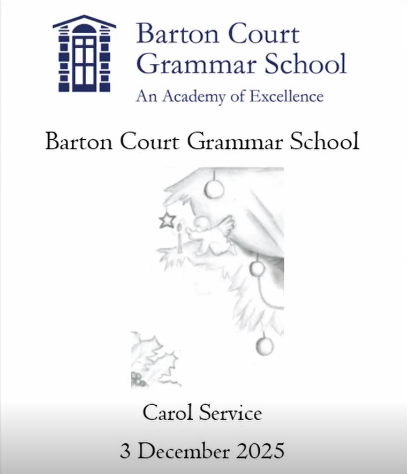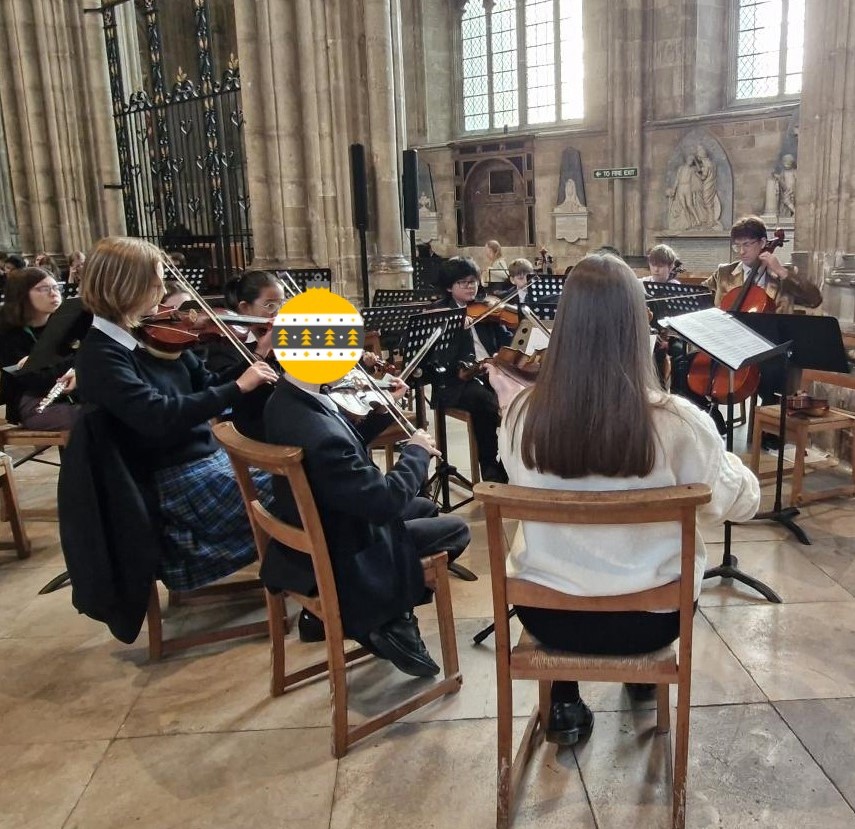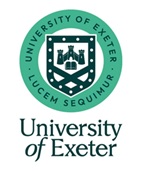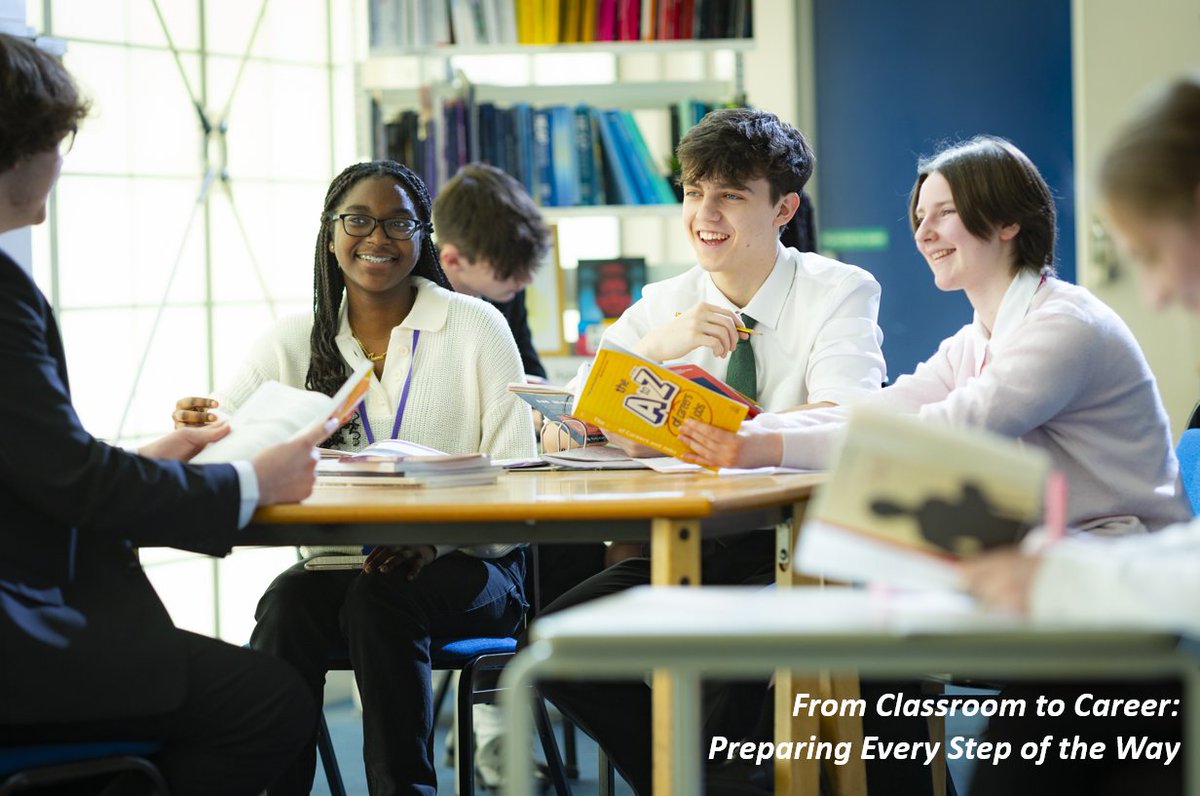Admissions
Year 7: September 2025
Barton Court Grammar School complies with the Co-ordinated Admission Scheme which is administered by Kent Local Authority. Detailed information about the school is available in the prospectus which can be found on the school website www.bartoncourt.org. Boys and girls are normally admitted at age 11, when all pupils must have gained a selective place through the Kent PESE and placed Barton Court Grammar School on their Kent Secondary Common Application Form, in order to be eligible for admission. Details of the Kent PESE are available from the Kent County Council booklet “Admission to Secondary School in Kent 2024”. There is no guarantee of a place to applicants who meet the over-subscription criteria.
Mid-School Entry: 2024-2025
Applicants at a time later than the normal admissions age should apply direct to Barton Court Grammar School and will be tested by the school to obtain evidence of ability to keep pace with the work of this selective school. Details of the testing process can be found in Appendix 2.
The Published Admissions Number and over-subscription criteria apply as above. In the event of the year group being over-subscribed, a waiting list will be held, ranked according to the over-subscription criteria.
Parents have a statutory right of appeal, should an application be refused, by writing to The Clerk to the Governors, Admissions, Barton Court Grammar School, Longport, Canterbury, CT1 1PH, 01227 464600





























